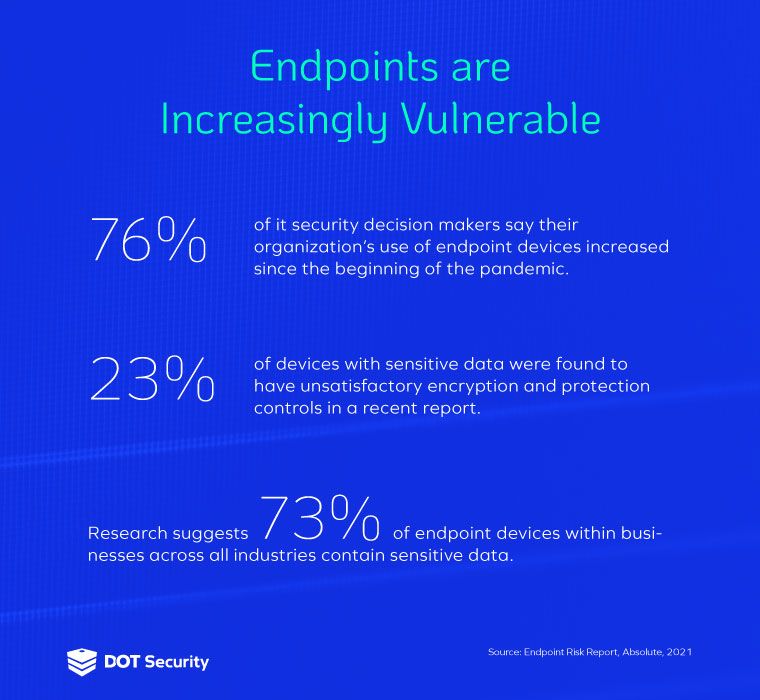Identity And Access Management
What You Need to Know About Key Management in Network Security
December 02, 2021
4 minutes

Cryptographic key management in network security is a crucial part of a cybersecurity system that acts as a gateway into a network through data encryption, decryption, and user authentication.
But what exactly is key management and why is it such an important aspect of cybersecurity and why should organizations pay close attention to the way they manage their keys?
Sign up for our newsletter!
What is Key Management in Cybersecurity and Why is it Important?
Key management is the process of creating, exchanging, storing, deleting, and refreshing the cryptographic keys that are used by privileged users in order to access encrypted data and other important company information.
Why is Key Management Important?
As the name suggests, cryptographic keys are a string of characters used in an algorithm to change credential data so that it appears to be a random set of numbers and letters.
The key can be encrypted and decrypted with the right credentials.
A compromised key could lead to a cybersecurity catastrophe, leaving the network open to hackers who now have the ability to decrypt sensitive data, to authenticate themselves as a user, and access to the entirety of a company database—including sensitive information and any other data you may store.
Something so important needs to be protected. Enter key management, which is the primary way an organization protects their keys and access.

How Key Management Works
Key management is an encapsulation of the lifecycle of operations needed to ensure keys are created, stored, and used securely and correctly. A typical key follows this lifecycle:
• Creation: When a key is generated with strong encryption algorithms and in a secure location to ensure that hackers can’t discover the value of the key easily and risk the key being compromised.
• Distribution: In this phase, the key is given to the user via a secure TLS or SSL connection to ensure security in the transfer process.
• Use: During use, it’s important to manage use of the key to make sure only authorized users are using it and to make certain that the key is not being misused or copied.
• Storage: After a key has been used to encrypt data, it must be stored to later be used to decrypt data once again. Use of a hardware security module (HSM) is suggested for the most secure method of storage.
• Rotation: After a set amount of time, the key must be rotated and replaced with a new key. To do this, the old key must decrypt the data so that the new key may encrypt it with its unique code. The lifespan of a key before rotation is known as a key’s cryptoperiod and is determined by NIST recommendations which are around 1-3 years. The longer a key is in use, the higher the chance that it will get hacked. They must also be rotated and deleted if the system administrator believes the key to have been compromised.
• Revocation: If a key is thought to be compromised, you can revoke it to remove its ability to encrypt or decrypt data, even if it’s still within its cryptoperiod.
• Deletion: Following revocation, a key can be deleted permanently from the database, making it impossible to recreate unless using a backup. NIST standards require that keys be kept in an archive after deletion in case they need to be remade.
What Goes into a Cryptographic Key Management Systems (CKMS)
A cryptographic key management system is a set of standards and rules used within an organization to protect keys and the data they key encrypt. This means setting goals, researching industry standards, devising a plan and procedures to be followed company-wide, and a plan to implement those procedures.
Key Management Security Compliance Tips
Standards defined by NIST outline some basic rules for key management practices, here are some tips to help you meet them and prepare your organization to meet compliance for other regulations like HIPAA.
Don’t Hard-Code Keys
Never hard-code key values into your network code when using cryptographic keys. Doing so creates vulnerabilities in your network and immediately compromises the key.
Utilize the Principle of Least Privilege
This means users should only have the ability to access keys that are vital to their work. This helps to manage who has access to keys, who is using them, and who shouldn’t be able to use them. If a key is misused or stolen, you immediately have a good idea of who’s responsible in order to remediate the source of the breach.
Use HSM for Key Storage
These physical key storage devices make it difficult for hackers to compromise keys without being on-site. Cloud-based HSMs are also viable options for key storage but do open up the chance of your data center’s security failing and leaving key exposed.
Create and Effectively Implement Your Policies
As we said above, it’s important to develop, implement, and manage your CKMS across your entire organization so you know that best practices are being used by everyone. This increased security greatly and makes key management much simpler.
Bottom Line
Proper key management is a big aspect of cybersecurity that requires a lot of preparation, attention to detail, and managing, but for good reason, as a compromised key could spell disaster for your network and all your sensitive data.
If you’re worried about the security of your keys, network, or business from cybercriminals, contact DOT Security today to speak with an expert about how we can perform a risk assessment and build a ground-up cybersecurity strategy.
